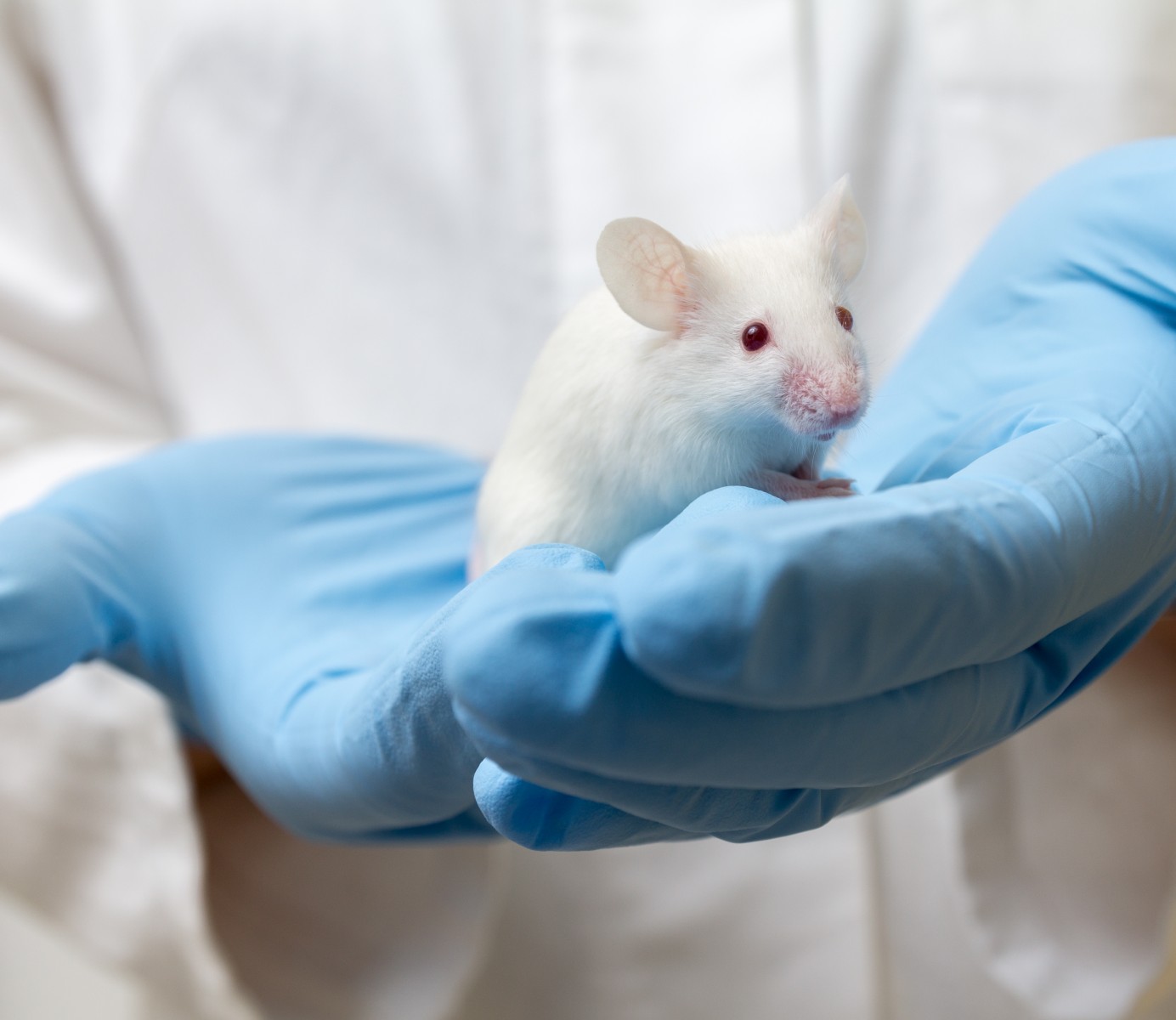Sanfilippo Type A Causes Toxic Buildup of Several Molecules in Various Brain Regions, Mouse Study Shows

Sanfilippo syndrome type A leads to toxic accumulation of several molecules in nerve cell axons — the structures responsible for conducting messages — of different brain regions, which correlates with disease progression, according to a mouse study.
Researchers believe this toxic accumulation is likely to impair nerve cell communication and have functional consequences, pinpointing them as potential therapeutic targets.
The study, “Axonal dystrophy in the brain of mice with Sanfilippo syndrome,” was published in the journal Experimental Neurology.
Sanfilippo syndrome type A, also called mucopolysaccharidosis type IIIA (MPS IIIA), is a lysosomal storage disorder characterized by deficiencies in an enzyme called sulfamidase. This results in the accumulation of large sugar molecules called heparan sulfate inside lysosomes — the cell compartments responsible for digesting and recycling substances.
The disease mainly affects the central nervous system (the brain and spinal cord), leading to progressive neurodegeneration, and mental and behavioral symptoms such as delayed developmental milestones, aggression, hyperactivity, language difficulties, and sleep disturbances.
While many studies point to heparan sulfate accumulation as the trigger of neurodegeneration in Sanfilippo syndrome, it remains unclear whether this molecule is the primary cause of brain damage or a secondary aspect of other processes.
Previous studies in humans and mouse models reported the presence of toxic aggregates of neurodegenerative disorders-associated molecules — such as alpha-synuclein, tau, and beta-amyloid proteins — in nerve cell axons of patients with neurodegenerative lysosomal storage disorders, including Sanfilippo type B.
These aggregates, called axonal spheroids, have been associated with the formation of swellings in the axon that interrupt its continuity or change its terminals — axonal dystrophy — which is associated with impaired axonal function and nerve cell communication.
Researchers in this study evaluated the potential role of axonal dystrophy in Sanfilippo syndrome type A and the effects of restoring sulfamidase activity in axonal dystrophy using a mouse model of the disease.
They found the presence of axonal spheroids of alpha-synuclein, tau, and/or beta-amyloid proteins in several brain regions of mice at presymptomatic stages of the disease, but not of healthy mice. These toxic aggregates were also present in axons of different types of nerve cells.
The number of aggregates increased as the disease progressed, suggesting a link between these toxic aggregates and disease progression.
“Given the early and wide-spread appearance … [of axonal dystrophy in nerve cells] in the MPS IIIA mouse brain, it is likely there is a functional consequence of the lesions, which relates to symptom generation,” the researchers wrote.
Additional analysis showed that Rab5 — a protein involved in the transport of molecules throughout the axon, which is essential for nerve cell function and communication — was also present in axonal spheroids at the early stages of the disease, and their numbers increased with disease progression.
Researchers believe these results highlight a potential link between lysosomal dysfunction and disrupted axonal transport.
When the activity of sulfamidase was restored — through the administration of the enzyme directly into the cerebrospinal fluid (inside the spinal cord) — before symptom onset, the number of axonal spheroids was significantly reduced, but some lesions remained throughout the brain.
“These observations indicate the importance of determining whether axonal spheroid formation impairs neuronal function and if so, it would strongly suggest that treatment initiation should occur at the earliest possible disease stage, prior to the onset of axonal dystrophy,” the researchers concluded.






